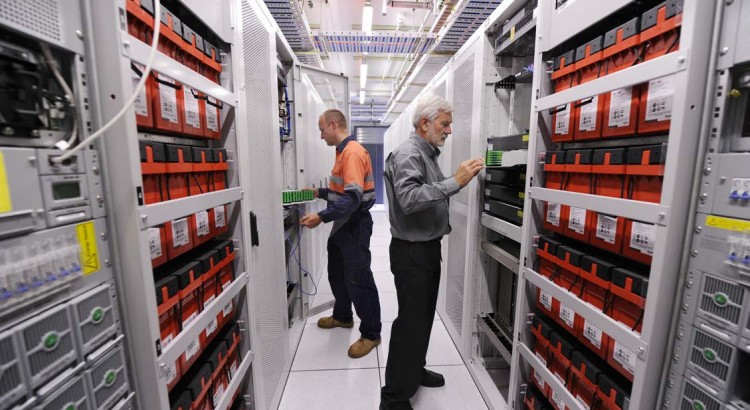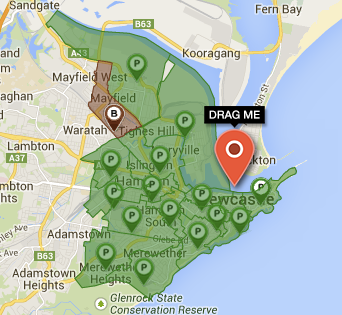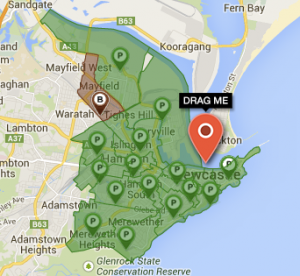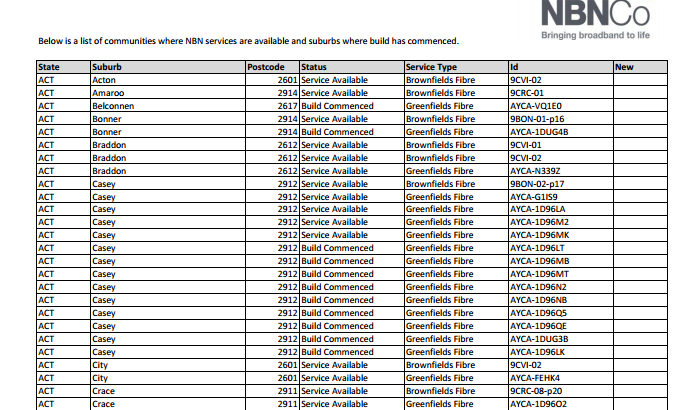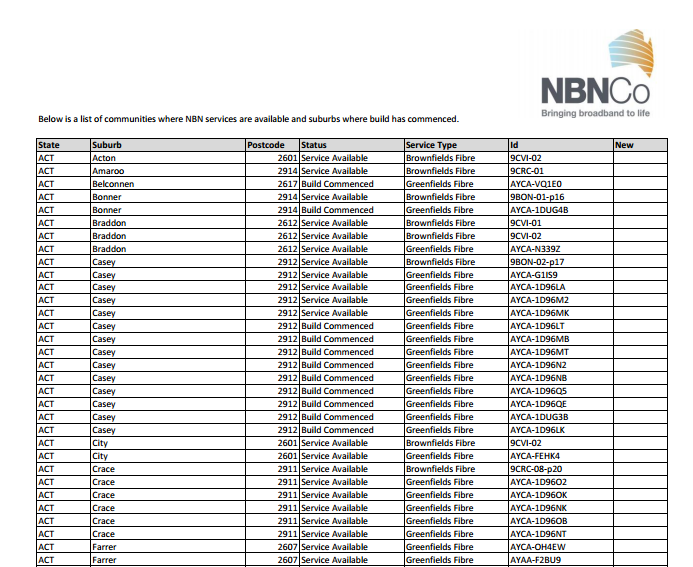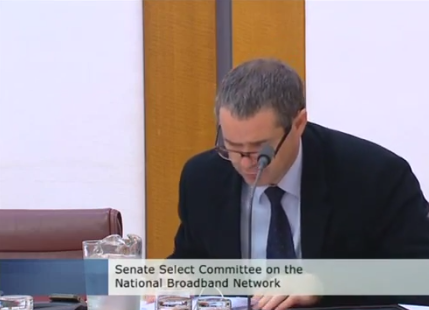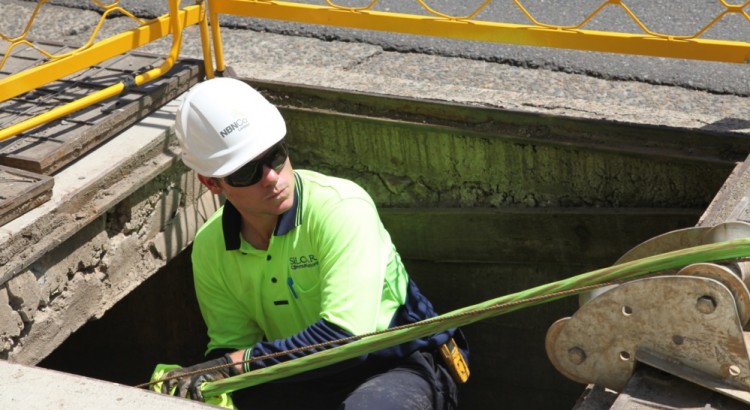As a wholesale service provider for NBN Co’s “tails”, Nextgen finally fallen to its knees after they announced order halts, price increases and encouragement to their RSP customers to migrate their customers off its “Virtual Connect” product – in essence, they are closing.
As one of the first providers to provide aggregated wholesale products to Layer 3 retail service providers, Nextgen initially gained footing as a wholesale platform for providers who wanted a mix of UNI-V products as well as data. They sold fixed quota plans to service providers who also marked up the price for a fixed profit. A pretty good deal to dive into the NBN service provider business with little overhead or risks.
As customer numbers grew, however, Nextgen struggled to scale their network to cope with the demand. No doubt the high cost of transit to the multiple NBN points of interconnect and CVC/NNI charges would have played a massive role in this. From the people I’ve spoken to, the network’s quality continued to deteriorate over the years. I suspect for most areas, they didn’t have the numbers or the capacity to purchase CVC and transit above that of the 150Mbps “CVC credit” provided by NBN Co.
However, as the market for wholesale service providers grew (especially with the rise of AAPT’s Layer 3 National Wholesale Broadband product), many Layer 3 providers began to shift to this alternate platform which gave them control over contention and network capacity. The AAPT product is a whole different ball game with the risk of contention falling right at the hands of the service provider. Also, AAPT’s recent introduction of their “NBNPhone” product meant that Layer 3 providers no longer had to rely on Nextgen to get provide UNI-V services to their customers.
What now?
Well, what now? It’s obvious that without solid customer numbers, a network provider would struggle to get into the game of wholesale service for NBN. With the investment required to get transit and CVC/NNI at each of the 121 Points of Interconnect, it’s unlikely that this will change in the near future.
While I know providers like Telstra Wholesale and Optus Wholesale all provide Layer 2 products for resellers, I don’t know if they provide the all-in-one “Layer 3” product that many start-up RSPs need in order to get started. Start-up providers rely on these Layer 3 products and simply don’t have the funds or resources to buy and set up their own co-lo equipment and their own upstream bandwidth at the IX level.
Final thoughts
With Nextgen now out of the game, this leaves AAPT and (I think) M2 Wholesale in the running to attract RSPs for Layer 3 products. Despite ACCC’s intentions, the 121 POI decision has actually led to decreased competition at the wholesale aggregation level. Oops.
